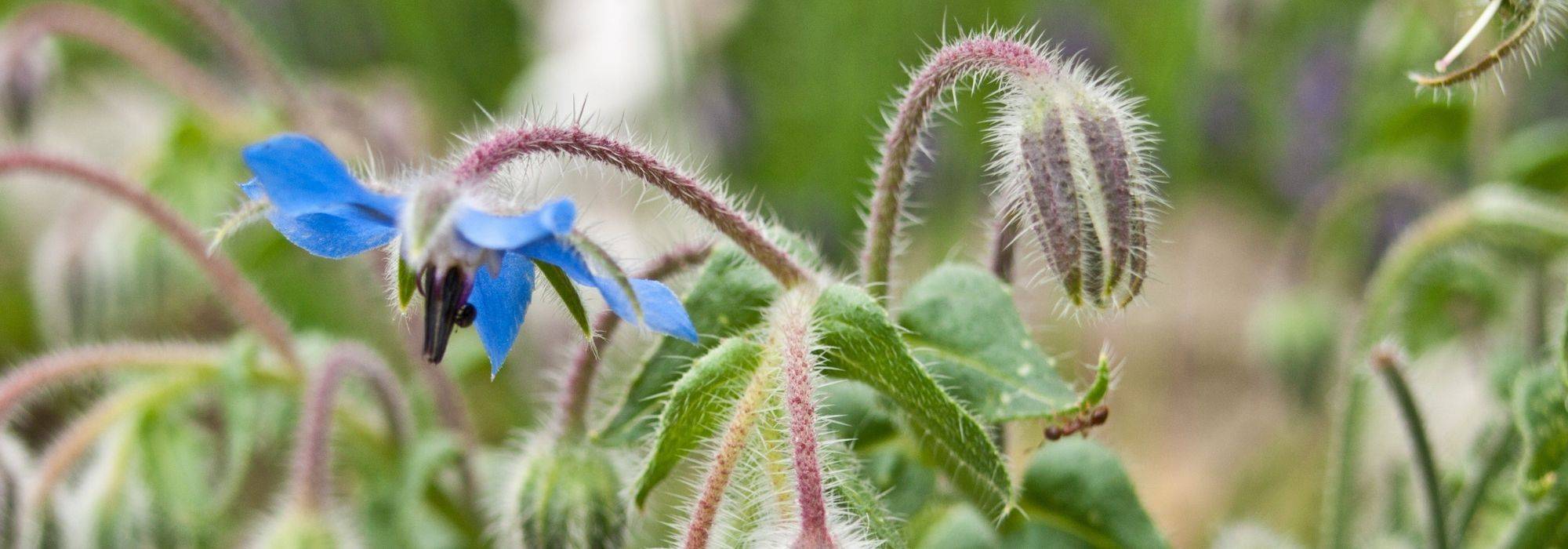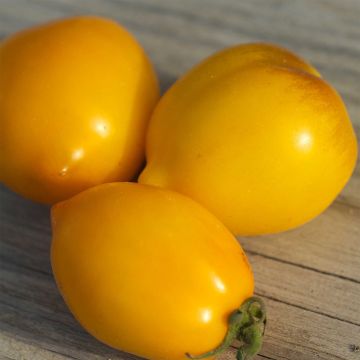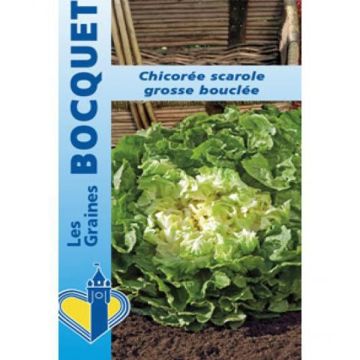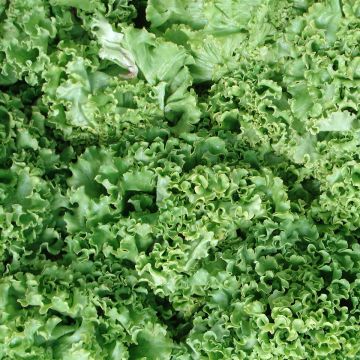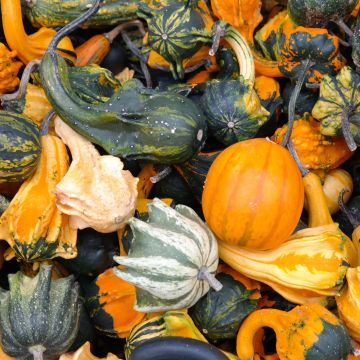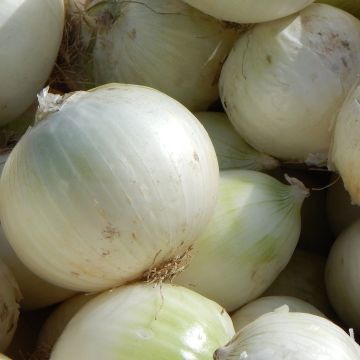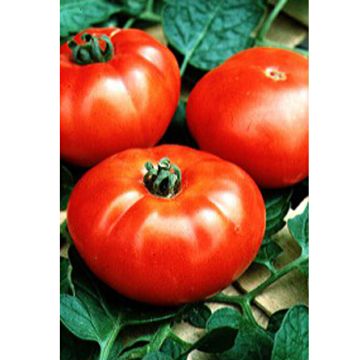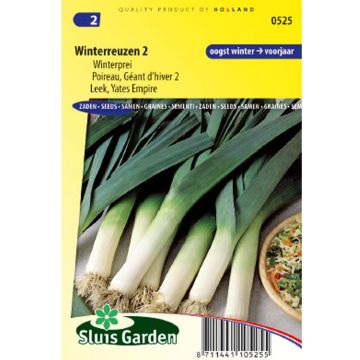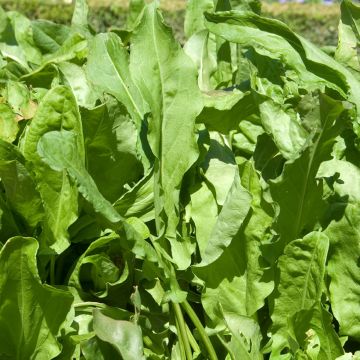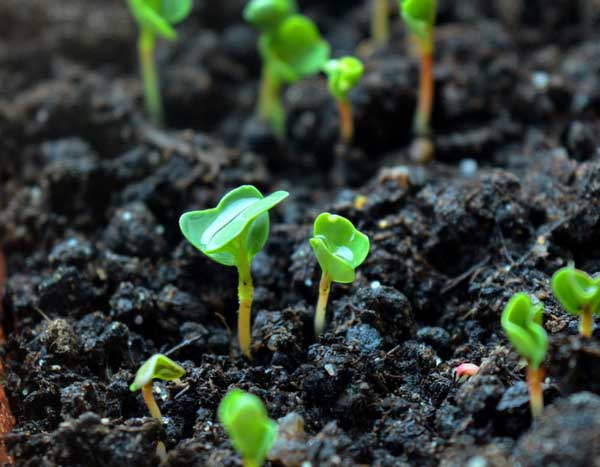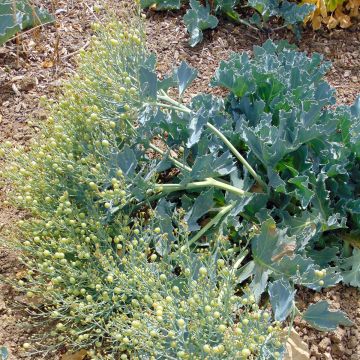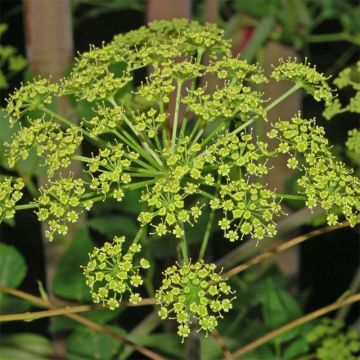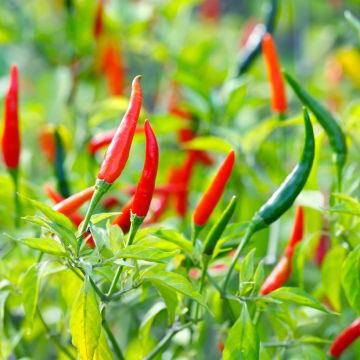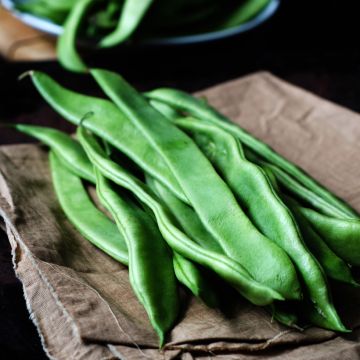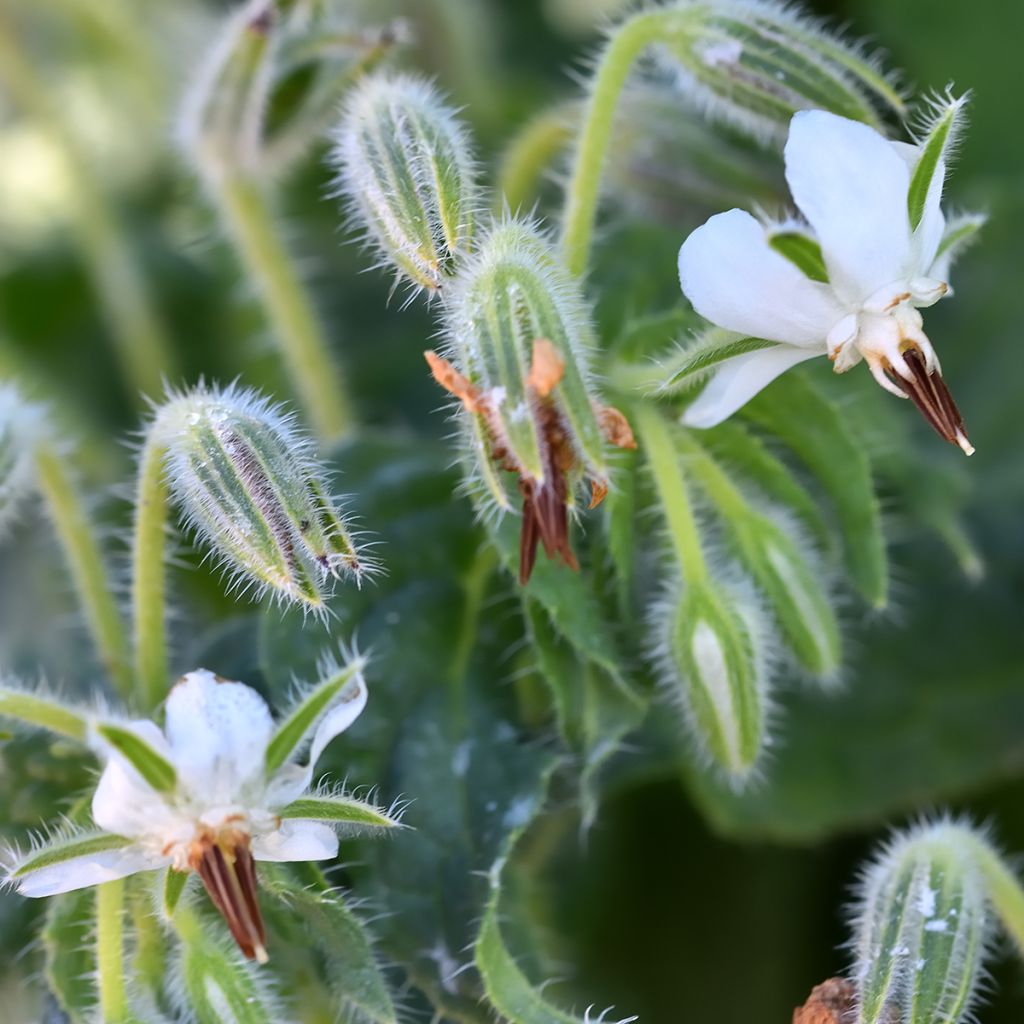

Borago officinalis Alba
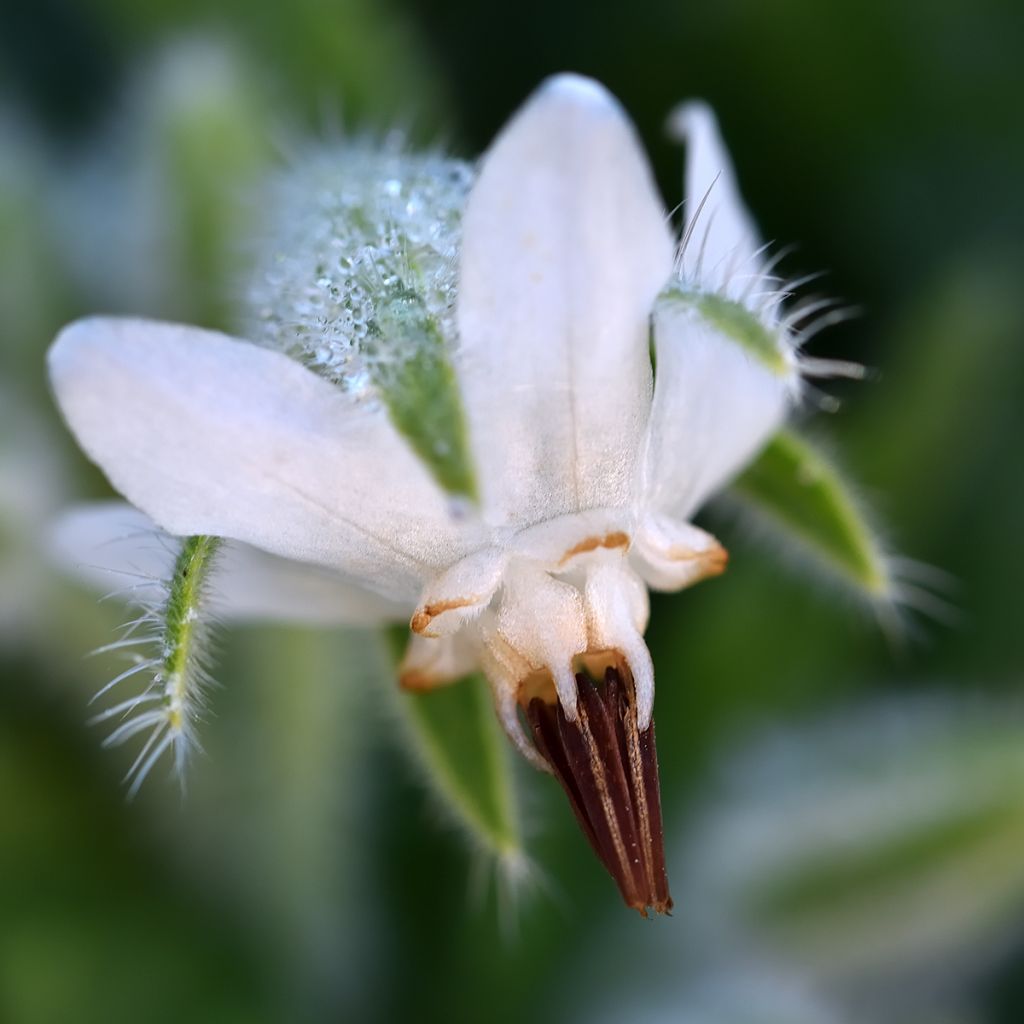

Borago officinalis Alba
Borago officinalis Alba
Borago officinalis Alba
Borage, Tailwort, Talewort
Special offer!
Receive a €20 voucher for any order over €90 (excluding delivery costs, credit notes, and plastic-free options)!
1- Add your favorite plants to your cart.
2- Once you have reached €90, confirm your order (you can even choose the delivery date!).
3- As soon as your order is shipped, you will receive an email containing your voucher code, valid for 3 months (90 days).
Your voucher is unique and can only be used once, for any order with a minimum value of €20, excluding delivery costs.
Can be combined with other current offers, non-divisible and non-refundable.
Home or relay delivery (depending on size and destination)
Schedule delivery date,
and select date in basket
This plant carries a 6 months recovery warranty
More information
We guarantee the quality of our plants for a full growing cycle, and will replace at our expense any plant that fails to recover under normal climatic and planting conditions.
Description
Borago officinalis 'Alba' is a white-flowered common borage. This annual plant grows to a height of 30 to 60 cm (12 to 24in) and is both decorative, melliferous and edible. It is mainly cultivated for its foliage, which can be cooked like spinach or eaten raw in salads. The fresh flowers are also used in infusions or to garnish dishes. In addition to its culinary qualities, borage is appreciated for its ornamental aspect in the garden and its repellent effect on certain crop predators.
Sowing can be done between March and June for a harvest about two months later, while in Mediterranean areas, it is preferable to sow in early autumn, flowering will then occur in April of the following year. Once sown, borage will self-seed from one year to the next, appearing wherever it pleases in the garden.
Borago officinalis belongs to the borage family. It is an annual herbaceous plant native to Asia Minor (Syria) and widespread in many regions with a temperate climate. It is usually found on roadside verges and sunny slopes, where it self-seeds. Borage adapts its life cycle to the climate: it germinates in autumn and blooms early in spring in southern regions, while it will germinate in spring and bloom in summer in northern regions. Its growth is very rapid and its lifespan does not exceed a few months. The plant, entirely covered with hairs, first develops large, green, wavy, wrinkled, rough-textured leaves. The leaves, large at the base, decrease in size towards the top of the stem. They persist in winter on autumn sowings. Flowering begins in March in warmer areas, in June in cooler areas. From the centre of the rosette, a hairy flower stalk gradually rises, reaching between 40 and 50 cm (16 and 20in) in height. The white flowers are arranged in a curved cyme. Each small flower, facing downwards, consists of 5 petals fused at their base and black stamens emerging from the corolla. Decorative for many months, intensely melliferous, they are also appreciated in salads. The fruit consists of 4 achenes. The seeds of borage contain valuable essential oil, used in cosmetics as well as in herbal medicine. Borage has been used medicinally for many centuries. In late summer, the plant produces numerous seeds and readily self-seeds in the garden, with the help of ants. The following spring, remove unnecessary seedlings to limit its spread.
Plant white borage in the vegetable garden or ornamental garden, in flower beds, in the company of sages and roses, for example. This very hairy plant repels voracious caterpillars of the cabbage white butterfly and the tomato hornworm. These hairs are reputed to hinder the progress of slugs.
Harvesting flowers: Cut the inflorescences when they are fully open with scissors, or better yet, by hand by pinching the flower. Pick them fresh as needed. The flowers have an oyster-like taste. They can be used to decorate dishes and can be used for their flavor in omelettes and salads.
Harvesting leaves: The harvest of young leaves should be done before the flowers appear, as they are more tender. The fresh leaves, have a slight cucumber smell and can be eaten raw and finely chopped in salads. If harvested later, the leaves can be cooked like spinach. They are renowned for their content of vitamin C, magnesium, and potassium.
Storage: if you are looking for the medicinal qualities of borage, then let it dry for preservation. To do this, spread the flowers on a rack or tray in a dry, ventilated place, protected from light. Make sure to fulfill these three conditions, otherwise the flowers will easily turn brown.
The gardener's little trick: plant borage as a green manure! Its roots will loosen the soil and its leaves, will provide easily available minerals. Borage should then be buried after 2 months of growth to enrich the soil.
Borago officinalis Alba in pictures


Harvest
Plant habit
Foliage
Botanical data
Borago
officinalis
Alba
Boraginaceae
Borage, Tailwort, Talewort
Cultivar or hybrid
Annual
Other Vegetable seeds from A to Z
View all →Planting and care
Sow the seeds of Borage officinalis in full sun or partial shade, in a fertile, well-tilled, loose soil, even if it is chalky. Sowing is usually done in spring from April for flowering from mid-July until autumn. In the south, it is preferable to sow in September-October for flowering in March-April. Borage requires normal feeding (3 kg/m²) with well-rotted manure and compost in late autumn or early spring.
Sow the seeds in place, in rows, spaced 30 cm (12in) apart. Cover the seeds with half a centimetre of soil or fine compost. Thin out when the plant reaches 10 cm (4in), keeping only one plant every 30 cm (12in).
You can also sow in a nursery and transplant when the seedlings have 3 or 4 leaves. It is also possible to sow in pots, with 3-4 seeds per pot. Cover them lightly with potting soil, gently press down and keep the soil moist until germination. About 30 days later, when the seedlings have developed 4 to 5 leaves, you can transplant them, spacing them 30 cm (12in) apart.
Borage self-seeds in the garden. This plant adapts its vegetative cycle to the climate, just like Damask Nigella.
It is possible to cultivate borage in large pots or deep planters. However, you will need to pay attention to watering, especially during periods of high heat, to ensure optimal growth.
Maintenance: Perform hoeing and weeding. Water if necessary.
Seedlings
Care
Intended location
Planting & care advice
This item has not been reviewed yet - be the first to leave a review about it.
Similar products
Haven't found what you were looking for?
Hardiness is the lowest winter temperature a plant can endure without suffering serious damage or even dying. However, hardiness is affected by location (a sheltered area, such as a patio), protection (winter cover) and soil type (hardiness is improved by well-drained soil).

Photo Sharing Terms & Conditions
In order to encourage gardeners to interact and share their experiences, Promesse de fleurs offers various media enabling content to be uploaded onto its Site - in particular via the ‘Photo sharing’ module.
The User agrees to refrain from:
- Posting any content that is illegal, prejudicial, insulting, racist, inciteful to hatred, revisionist, contrary to public decency, that infringes on privacy or on the privacy rights of third parties, in particular the publicity rights of persons and goods, intellectual property rights, or the right to privacy.
- Submitting content on behalf of a third party;
- Impersonate the identity of a third party and/or publish any personal information about a third party;
In general, the User undertakes to refrain from any unethical behaviour.
All Content (in particular text, comments, files, images, photos, videos, creative works, etc.), which may be subject to property or intellectual property rights, image or other private rights, shall remain the property of the User, subject to the limited rights granted by the terms of the licence granted by Promesse de fleurs as stated below. Users are at liberty to publish or not to publish such Content on the Site, notably via the ‘Photo Sharing’ facility, and accept that this Content shall be made public and freely accessible, notably on the Internet.
Users further acknowledge, undertake to have ,and guarantee that they hold all necessary rights and permissions to publish such material on the Site, in particular with regard to the legislation in force pertaining to any privacy, property, intellectual property, image, or contractual rights, or rights of any other nature. By publishing such Content on the Site, Users acknowledge accepting full liability as publishers of the Content within the meaning of the law, and grant Promesse de fleurs, free of charge, an inclusive, worldwide licence for the said Content for the entire duration of its publication, including all reproduction, representation, up/downloading, displaying, performing, transmission, and storage rights.
Users also grant permission for their name to be linked to the Content and accept that this link may not always be made available.
By engaging in posting material, Users consent to their Content becoming automatically accessible on the Internet, in particular on other sites and/or blogs and/or web pages of the Promesse de fleurs site, including in particular social pages and the Promesse de fleurs catalogue.
Users may secure the removal of entrusted content free of charge by issuing a simple request via our contact form.
The flowering period indicated on our website applies to countries and regions located in USDA zone 8 (France, the United Kingdom, Ireland, the Netherlands, etc.)
It will vary according to where you live:
- In zones 9 to 10 (Italy, Spain, Greece, etc.), flowering will occur about 2 to 4 weeks earlier.
- In zones 6 to 7 (Germany, Poland, Slovenia, and lower mountainous regions), flowering will be delayed by 2 to 3 weeks.
- In zone 5 (Central Europe, Scandinavia), blooming will be delayed by 3 to 5 weeks.
In temperate climates, pruning of spring-flowering shrubs (forsythia, spireas, etc.) should be done just after flowering.
Pruning of summer-flowering shrubs (Indian Lilac, Perovskia, etc.) can be done in winter or spring.
In cold regions as well as with frost-sensitive plants, avoid pruning too early when severe frosts may still occur.
The planting period indicated on our website applies to countries and regions located in USDA zone 8 (France, United Kingdom, Ireland, Netherlands).
It will vary according to where you live:
- In Mediterranean zones (Marseille, Madrid, Milan, etc.), autumn and winter are the best planting periods.
- In continental zones (Strasbourg, Munich, Vienna, etc.), delay planting by 2 to 3 weeks in spring and bring it forward by 2 to 4 weeks in autumn.
- In mountainous regions (the Alps, Pyrenees, Carpathians, etc.), it is best to plant in late spring (May-June) or late summer (August-September).
The harvesting period indicated on our website applies to countries and regions in USDA zone 8 (France, England, Ireland, the Netherlands).
In colder areas (Scandinavia, Poland, Austria...) fruit and vegetable harvests are likely to be delayed by 3-4 weeks.
In warmer areas (Italy, Spain, Greece, etc.), harvesting will probably take place earlier, depending on weather conditions.
The sowing periods indicated on our website apply to countries and regions within USDA Zone 8 (France, UK, Ireland, Netherlands).
In colder areas (Scandinavia, Poland, Austria...), delay any outdoor sowing by 3-4 weeks, or sow under glass.
In warmer climes (Italy, Spain, Greece, etc.), bring outdoor sowing forward by a few weeks.






























